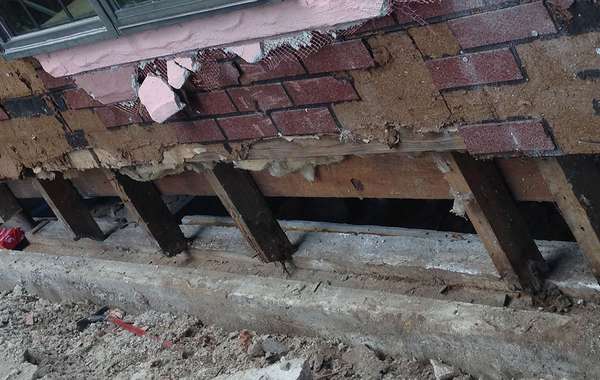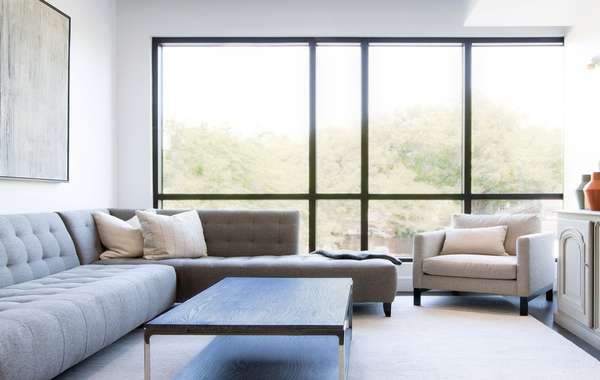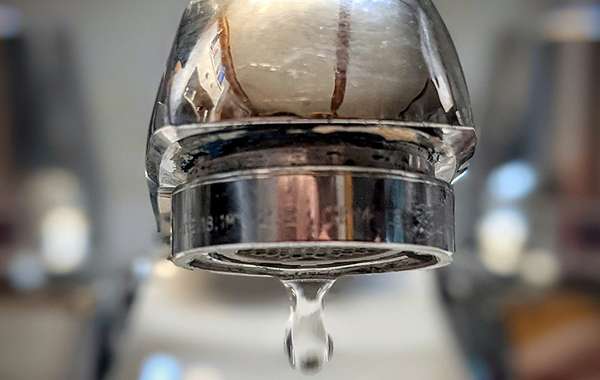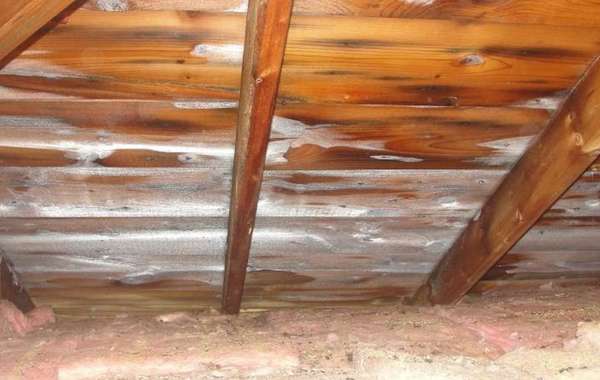My window drips when I run my air conditioning. What is the fix?
I live in Chicago and my home faces west. On hot days when I run my air conditioning I get drips from my front windows. The house was constructed in the late 90s with brick over cinder block on that wall. I have been told that the exterior bricks along the top of the window should be taken out so that the window can be reflashed with a new vapor barrier. Is this correct or should there be other work that is done to properly fix this issue?


























Sounds like these drips are on the exterior, so I’ll run with that assumption and mostly clear it up for anyone else reading, since condensation on windows on this inside is a very different matter. Air conditioning systems don’t just cool the air in a home, they lower relative humidity levels as well so something would need to be seriously amiss to have moisture forming on the interiors of your windows when the AC is running.
What is happening (I believe) is that the interior is so cool that condensation is forming on the outside of windows on extremely hot and humid days. But, I’m a bit confused by your mention of a flashing ‘above’ the window, I would think that you need a flashing at the bottom of the window. Clear that one up for me if you would, why above? Am I right in assuming you have droplets of water forming on the glass outside or is it something else? I don’t yet understand how a vapor barrier is involved so please shoot some more details and I'm happy to help solve this with you if I can.
The water is coming from the drywall on the interior of the windows. This is not condensation on the windows but water coming from the wall cavity and dripping down. The flashing I was referring to was on the top of the between the lintil and the brick at the top of the window, although I'm not sure that would solve the issue. In doing some more digging I found an article that seems to fit the symptoms linked below. I have not yet removed the drywall to investigate if there is a water barrier and would love your input on if you think that may be the case.
Hi Shawn, we don't leave links up to other sites but I looked it over, and combined with your additional clarification I think that makes the most sense that the source of the moisture is your bricks that are absorbing the water. That being said, it really is impossible to say for sure without inspecting it, so you may be left with pulling off some drywall to find out for sure. but a couple more questions -
How long is it from the point of running the AC to when it starts dripping?
Does the entire house have a 6 mil poly vapor barrier?
Before coming up with a solution you really need to be sure of the problem. Poly vapor barriers can cause exactly such a problem in a house with AC, this article covers that -
Why you should never put a poly vapor barrier in a house with air conditioning
I'm not sure there are a lot of cheap fixes to this to be quite frank with you. The problem may well be the combo of having AC and a poly vapor barrier, in which case the options are, as you can guess, limited. As an emergency measure, assuming the source of moisture is the inward vapor drive from wet bricks, you may want to back off the AC a bit. I suggest that because I suspect if you don't cool the house as much you may reduce the problem, since none of the solutions seem cheap or easy unfortunately other than not using the AC.
Thanks RJ. Apologies on the link, looks like the author was the same guy quoted in your story though so I may be on the right track. I just pulled off a 1'x1' piece of drywall and confirmed that there is indeed a layer of poly above the window. The window starts dripping several hours after I start running the AC and continues to drip for several hours after. Condensation is visible on the other side of the poly. Does this mean I should remove the rest of the drywall to get rid of the poly?
Hi Sean, We don't like to give recommendations online for something like this that could be a major expenditure based on a theoretical diagnosis of a problem, but that may unfortunately be what you are left with doing., or just backing way off on your AC.
I would talk to some local contractors and see if they have seen a similar problem, but from what you describe I do suspect it's the AC and poly combo. We just haven't gotten direct feedback on it before but al the pieces fit the way you describe it given that it starts and stops pretty consistently with the AC. Sorry we don't have better news for you, that's not a quick and easy job.